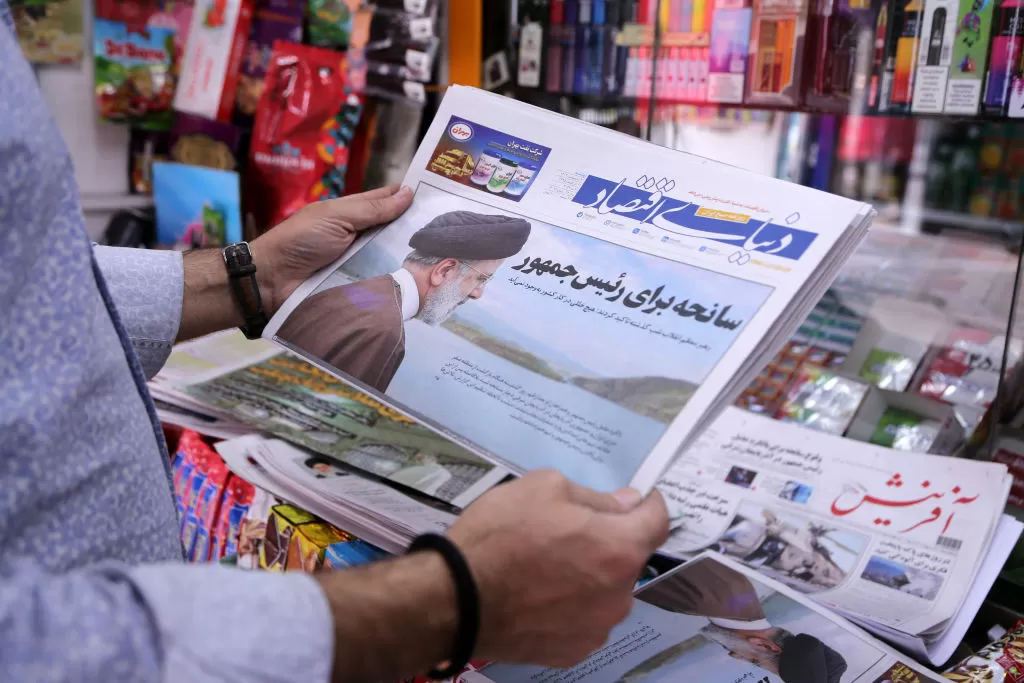Known as one of the most controversial figures in Iranian history, the late Iranian President, Ali Akbar Hashemi Rafsanjani, has been given the infamous nickname of “the butcher of Tehran.” This title stems from his involvement in the mass executions of thousands of political prisoners in 1988.
Rafsanjani was born in 1934 in the city of Rafsanjan, Iran. He was a prominent figure in the Iranian Revolution of 1979 and played a crucial role in the establishment of the Islamic Republic of Iran. He served as the President of Iran from 1989 to 1997 and was also the Chairman of the Expediency Discernment Council from 1989 until his death in 2017.
Despite his significant contributions to the political landscape of Iran, Rafsanjani’s legacy is marred by his involvement in the 1988 executions. This event remains one of the darkest and most controversial moments in Iranian history, with reports estimating the number of those executed to be between 4,000 to 30,000. Many of these executions were carried out without fair trials or due process, with many of the victims being members of opposition groups.
During this time, Rafsanjani held a powerful position as the Speaker of the Iranian Parliament and the Deputy Commander-in-Chief of the Armed Forces. He was also a close ally of the Supreme Leader, Ayatollah Khomeini, who ordered the executions. As a result, Rafsanjani was heavily involved in the decision-making process and played a crucial role in carrying out the executions.
The executions were part of a crackdown on political dissidents and opposition groups in Iran, following the end of the Iran-Iraq War. Many of those executed were members of the People’s Mojahedin Organization of Iran (PMOI), a Marxist-Islamist group that had been actively opposing the Iranian government.
Despite international condemnation and calls for accountability, the Iranian government has never officially acknowledged the 1988 executions. The families of the victims have been denied the right to bury their loved ones and have faced constant harassment and persecution for speaking out about the atrocities.
Rafsanjani’s involvement in the 1988 executions has sparked heated debates and divided opinions among Iranians. Some see him as a ruthless dictator who was responsible for the deaths of thousands of innocent people. Others view him as a pragmatic politician who made tough decisions in a time of political turmoil.
However, it is essential to remember that Rafsanjani was a complex figure, and his legacy cannot be defined by one event. He had a long and influential political career, and his contributions to the development of Iran cannot be overlooked.
Rafsanjani was a key figure in rebuilding Iran’s economy after the devastating Iran-Iraq War and played a crucial role in improving relations with other countries. He also implemented policies that promoted education and healthcare, which greatly benefited the Iranian people.
Moreover, Rafsanjani was known for his pragmatism and his ability to adapt to changing political circumstances. This was evident in his later years when he advocated for more moderate policies and sought to improve relations with the West.
Despite the controversy surrounding his involvement in the 1988 executions, it is important to remember that Rafsanjani was a product of his time and the political climate of Iran during that period. He made decisions that he believed were necessary for the stability and security of the country.
In the years since his death, there has been a shift in the Iranian political landscape, with more moderate and reformist voices gaining power. The events of 1988 have also been brought to light, and there have been calls for accountability and justice for the victims and their families.
In conclusion, while Rafsanjani’s involvement in the 1988 executions is a dark stain on his legacy, it should not overshadow his contributions to Iran’s development and progress. He was a complex and influential figure in Iranian politics, and his legacy should be remembered in its entirety. As Iran continues to navigate its political landscape, it is crucial to learn from the past and strive towards a more just and democratic future.


